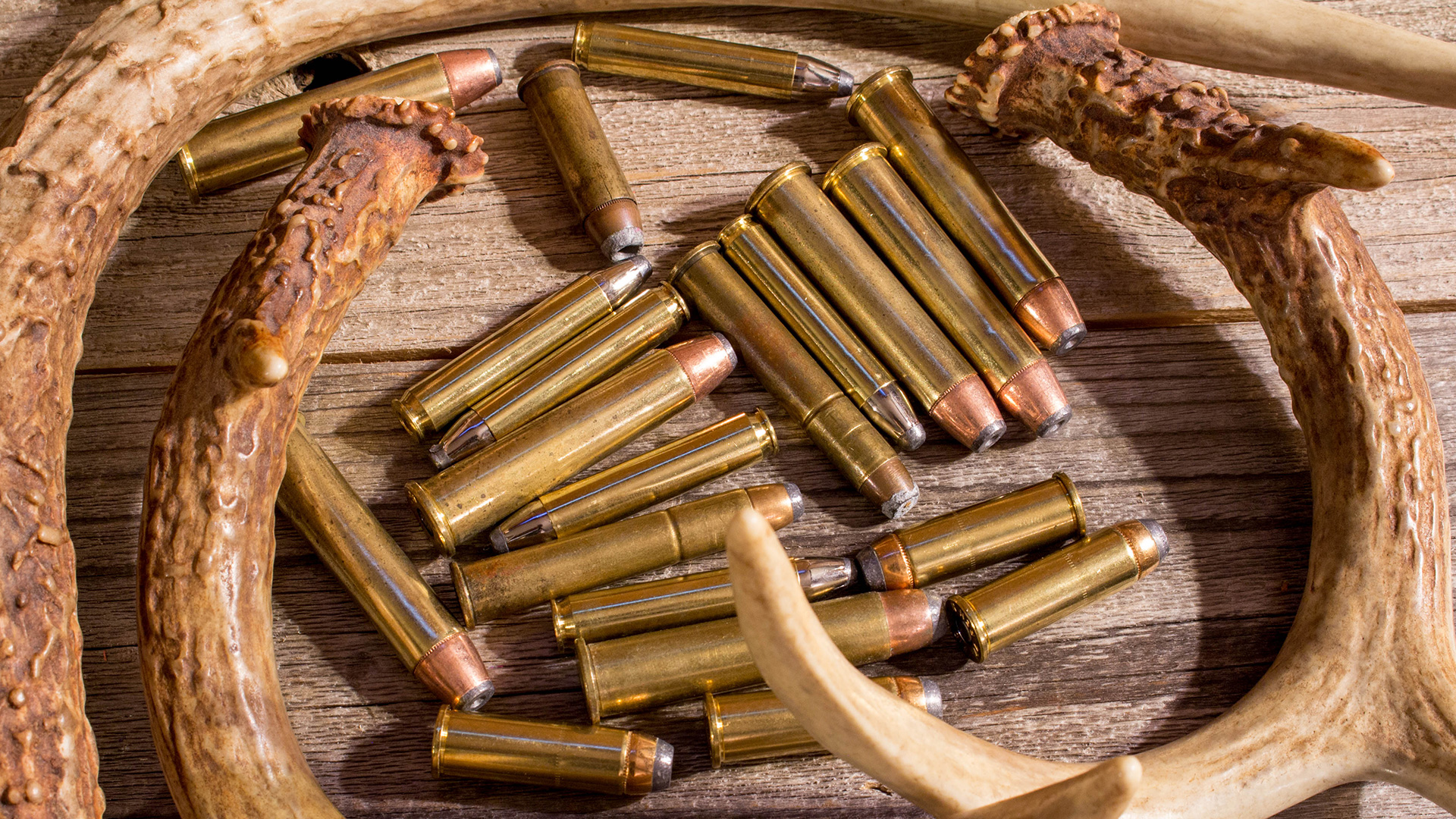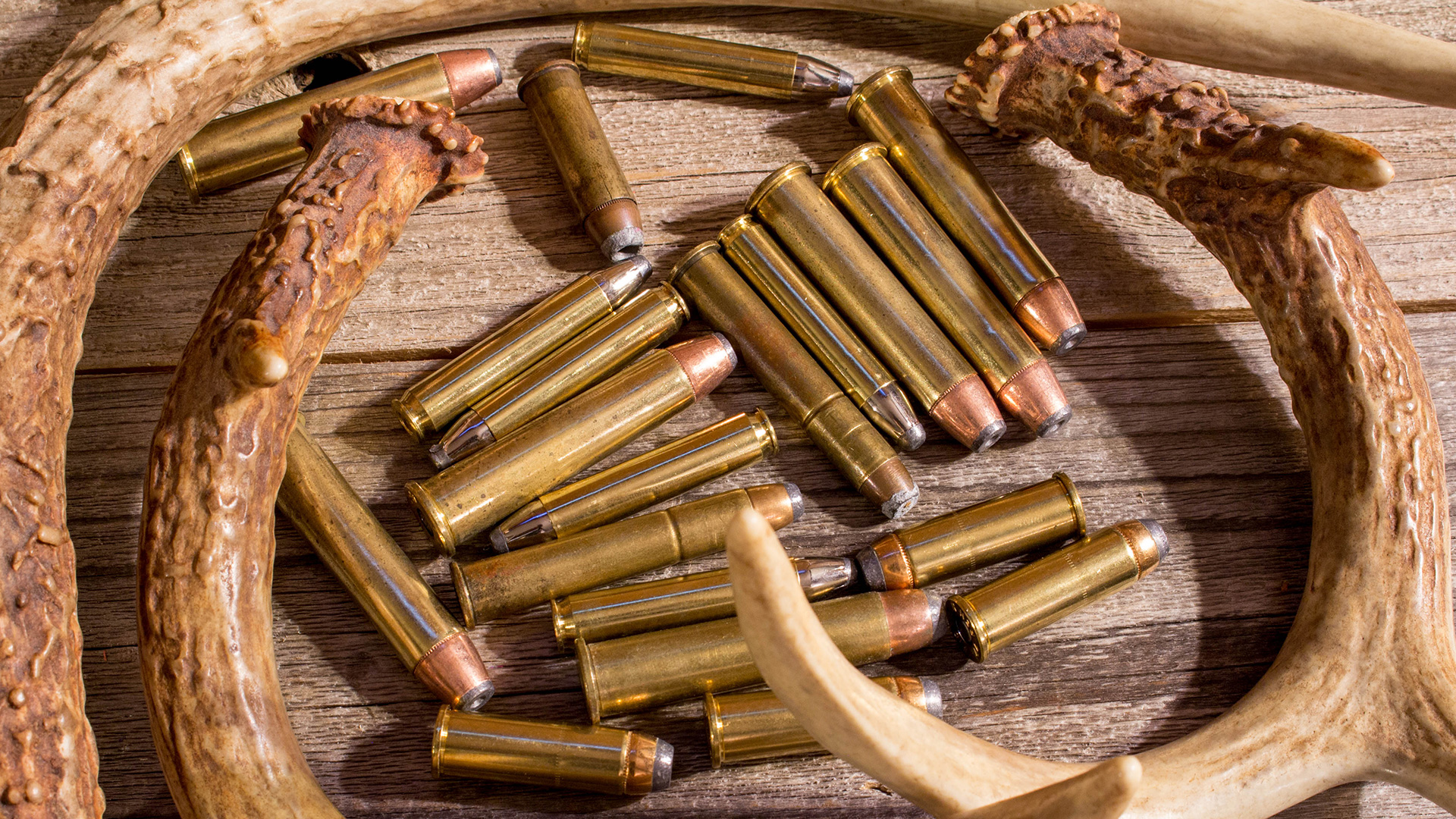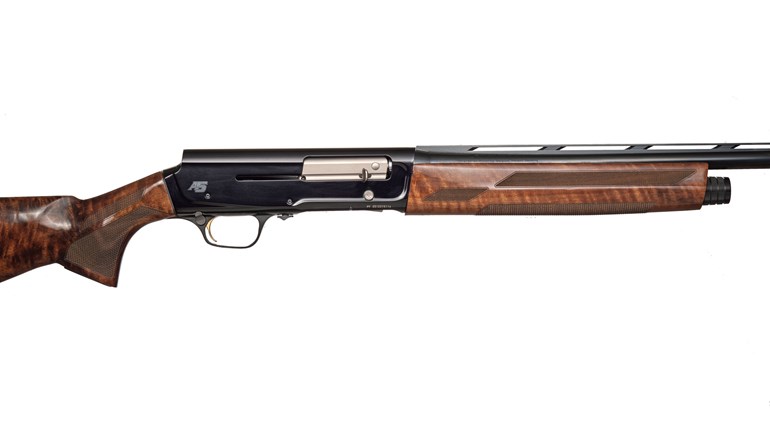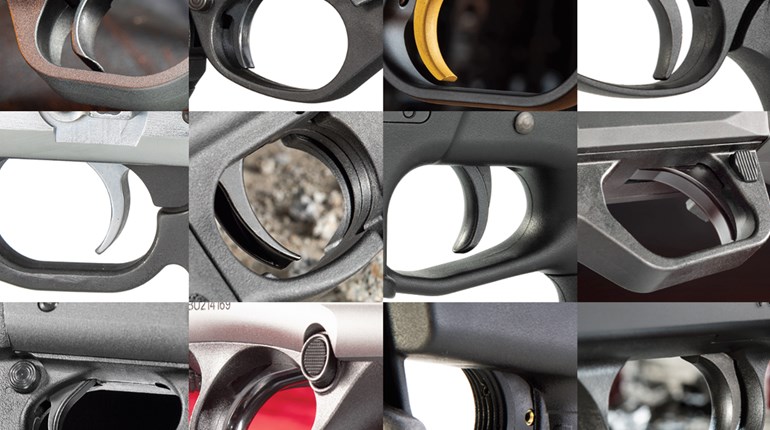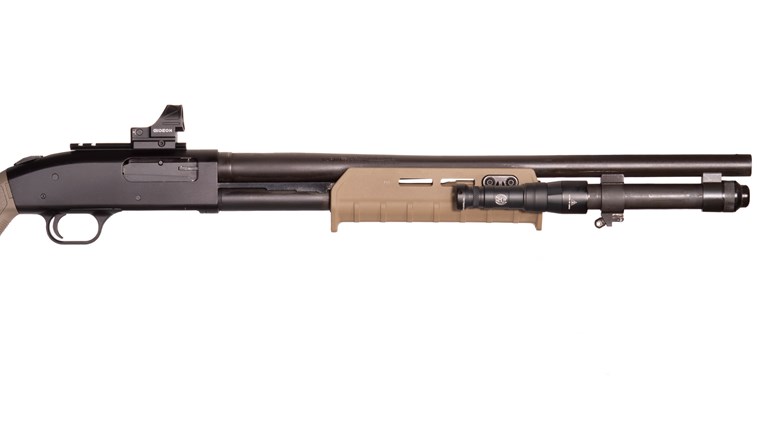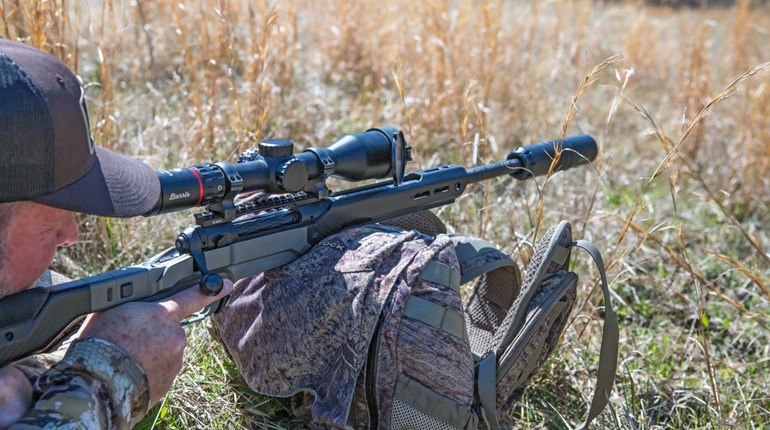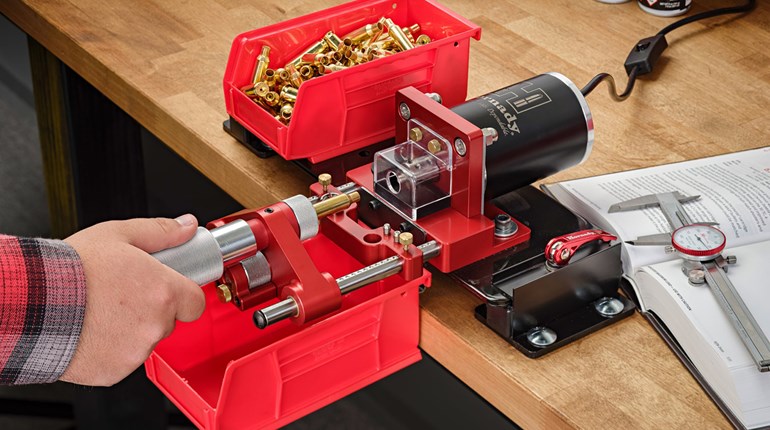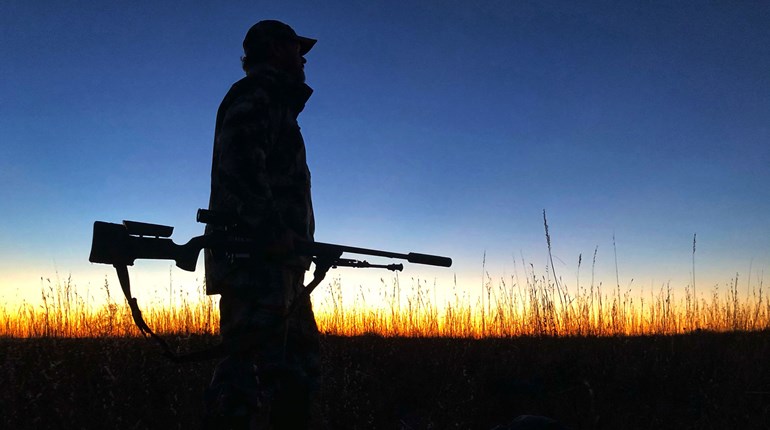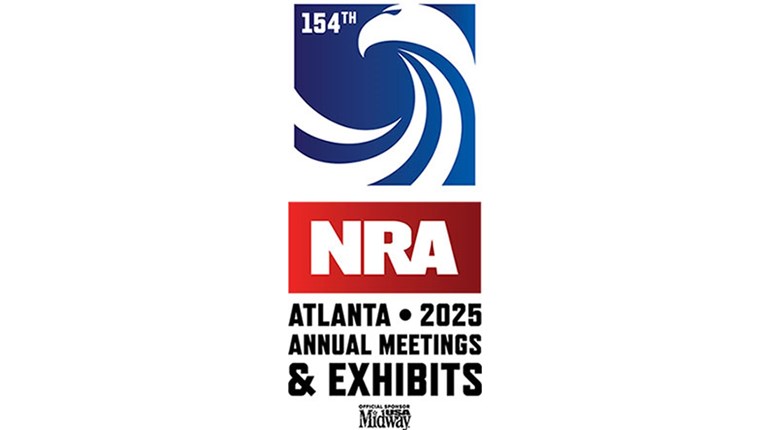
If you believe in the “aim small, miss small” mantra, well then, you believe in magnified optics. So that got me thinking: Why not add a magnified optic to a bow sight? Turns out, the archery industry has been thinking about it, too. Target shooters have experimented with magnifying lenses on their sights for a good while, and now some of these optics are commercially available.
But are they useful for bowhunters? Magnifying riflescopes are certainly beneficial to gun hunters. However, there are key differences between magnifying bow sights and riflescopes, and they come with downsides. Here’s the scoop on magnified optics for bowhunting.
Recently I ordered Black Gold’s Ascent Verdict multi-pin, elevation-adjustable sight, and it’s impressive. I chose this expensive model because it allows adding a 2X or 4X magnifying lens to its sight ring. In theory, 4x magnification would allow me to focus on an individual hair on a deer at 40 yards, rather than just aiming behind the shoulder. In reality, however, I experienced something different.
As anyone who has ever shot a bow with a standard sight knows, the eye can only focus on one object at a time. Other objects in front of or behind it will appear out of focus. Because the Ascent Verdict’s single magnifying lens is placed behind the sight pins, the disparity in focus is exacerbated. If I focus on the sight pin, the target will be slightly fuzzy. Adding magnification only makes it fuzzier.
This was no surprise; even Black Gold’s Dustin Wardell warned me about focus issues. Plus, he said the 4X lens may not be in perfect focus for my eye, even if I tried to focus on the target. He was right. The same thing happened when I added a lens kit to TruGlo’s Range Rover sight. Fact is, I could see the targets more clearly with my own 20/20 vision.

Realizing these companies would not make their lenses blurry on purpose, I consulted Colin Battersby, manager of optical engineering at Leupold. He told me that with archery sights utilizing a single lens—essentially a magnifying glass that increases in power the farther it’s held from the eye—and lacking a complex prism system, archers are stuck with the single lens’ inherent problems. It’s physics.
The two options for increasing the focus and resolution of the single-lens system are either to install a second lens in your peep sight that is made for your vision, or decrease the size of the aperture in the peep sight to a near pinhole. The first option can be done, but not without some of the disadvantages I’ll discuss below. The second option is impractical for hunters because it would rob them of valuable light needed to shoot at dawn and dusk.
Next, I tried 2X lenses. These made targets appear much clearer to my eye, and I shot well with them. While the lenses weren’t like 9X riflescopes that make targets look much closer than they really are, their slight magnification allowed me to aim for the middle of the target dot—not just the dot. On 3-D deer targets, I could also aim at a smaller area. My accuracy increased slightly, especially when shooting farther than 40 yards.
However, I was also shooting in the controlled environment of a practice range. It was not raining, and the sun was high above. When the sun dipped low in my face, or low behind my back, I noticed terrible glare on the lens that made seeing the target difficult. This was another drawback Battersby mentioned: Bow sight lenses aren’t contained within a scope-like tube and don’t have baffling to cut sun glare. Rain also poses a problem to hunters who use lenses. Each drop that lands on the lens distorts the image. Dust is another enemy.
Archers must decide if the slight advantage of 2X magnification is worth the lens’ potential problems. For target shooters who can call timeout and wipe the lens of rain, fog or dust—or remove the lens if glare becomes an issue—a magnifying sight probably makes sense. But for hunters who can’t predict when, where or in what conditions a buck will show up, a lens is probably not worth the risk.
Battersby agrees with me that, in theory, a riflescope that has perfect focus, mitigates glare and can be adjusted for parallax so the reticle and target are in the same focal plane might be a great solution. But then there’s another optical-based problem, and that is eye relief. Currently, no company to my knowledge makes a magnifying scope with almost a yard of eye relief. So until one is developed, hunters might be stuck with their regular, non-magnifying peep sights and sight pins. The good news is they seem to be awfully effective on deer within bow range.




